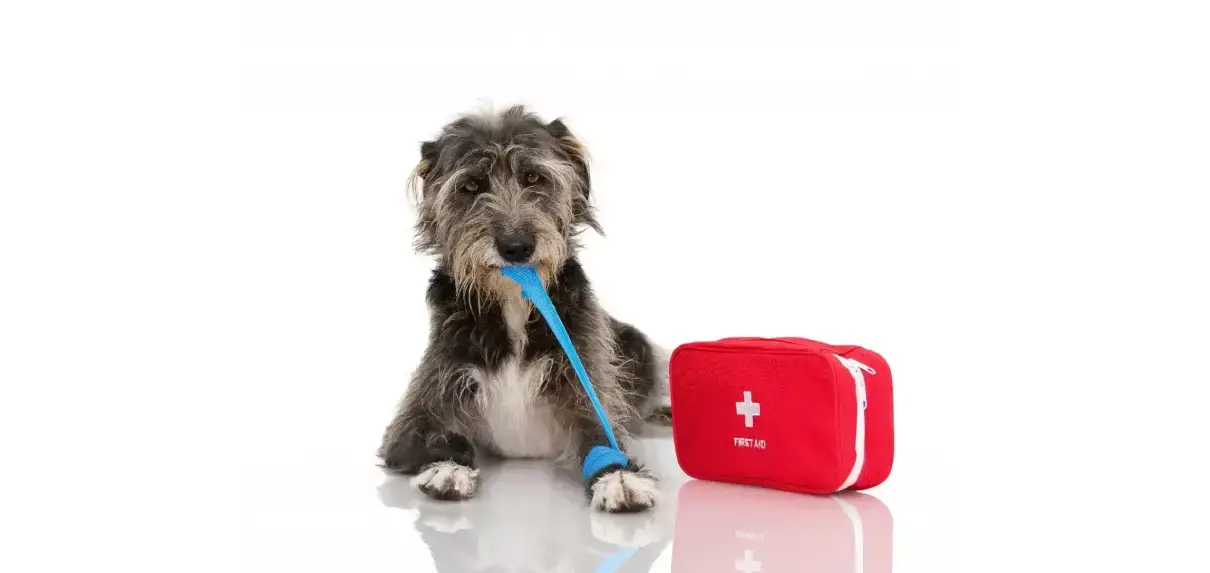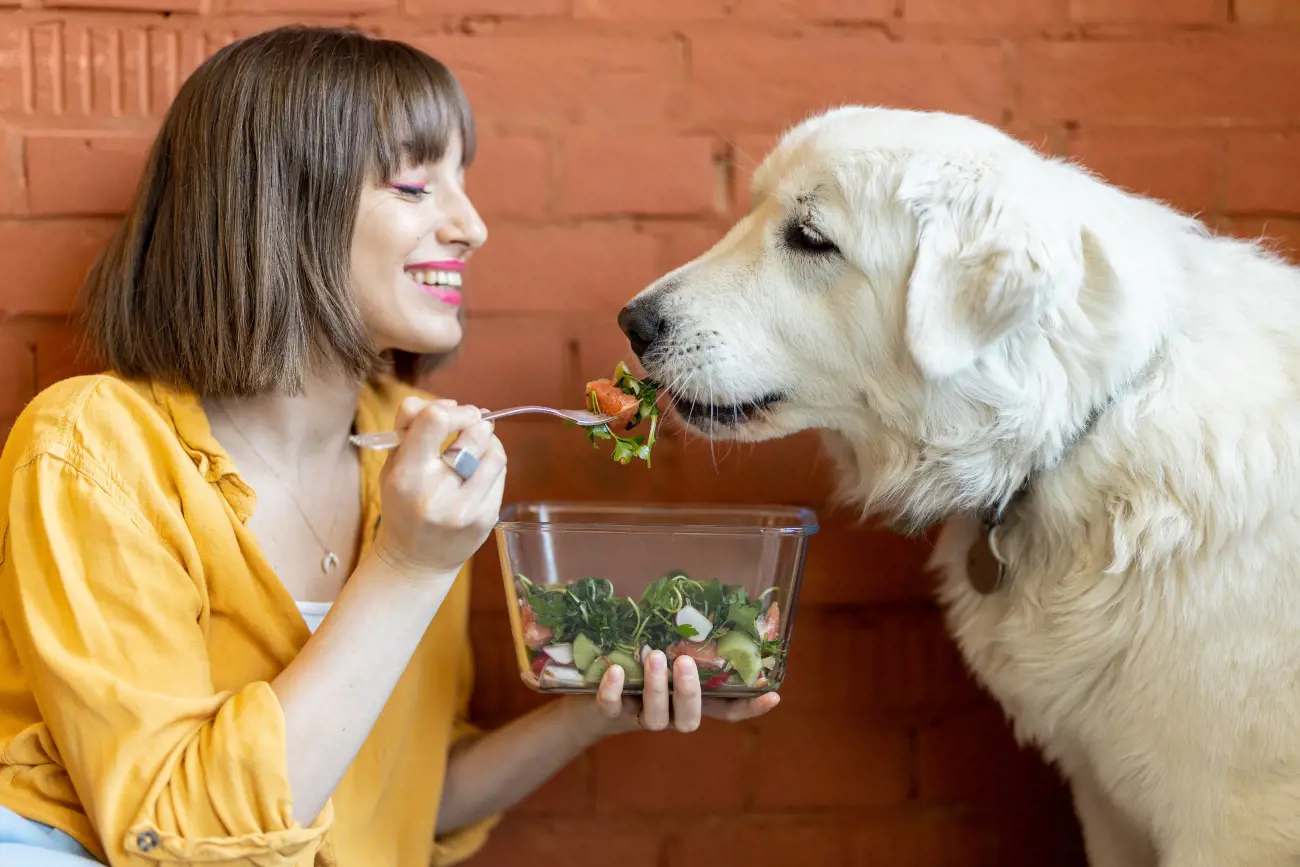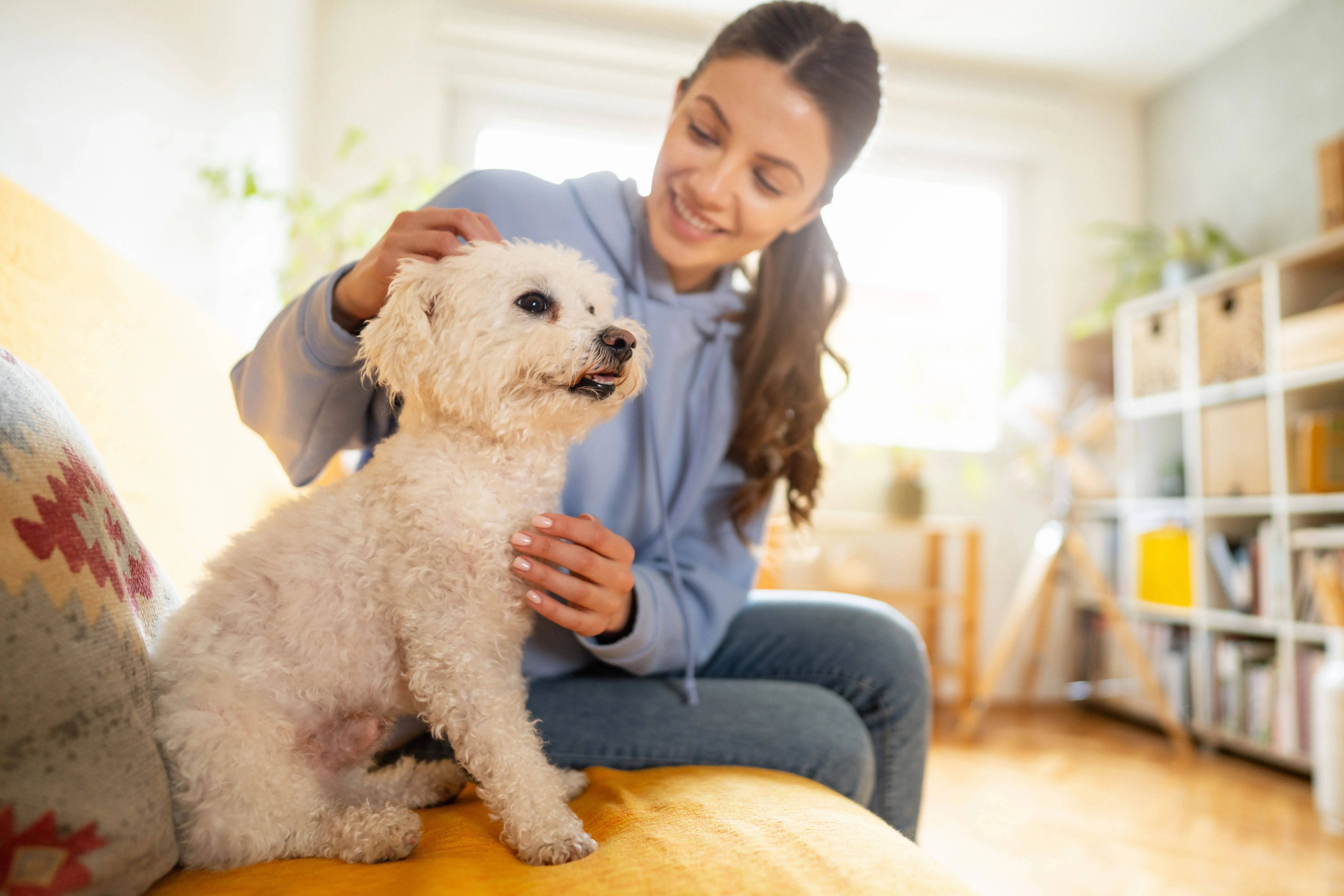Dog First Aid
22nd March, 2024

Furry 999: Canine First Aid Essentials
Every year, hundreds of dogs in the UK are involved in road accidents, suffer from heatstroke or swallow poisonous substances (Bluecross).
Knowing what to do in an emergency could save your pet’s life.
While you should always consult your vet with any health concerns or after an accident, having a basic understanding of first aid can make a crucial difference in an emergency by providing comfort and support to your dog until they can get proper medical attention.
What first aid should be given to a dog?
When dogs are injured and scared, they react differently to normal, so can be more likely to bite.
Keep calm, avoid sudden movements, and reassure them using a gentle voice.
Be careful when moving them, if possible, use a towel or blanket to help with support.
CPR is used in dogs but can be dangerous without proper training so it’s best to get your dog to a vet immediately if they are unconscious or struggling to breathe.
What are the basics of dog first aid?
The basics of first aid are to stay calm and safe. Try not to panic.
Use the acronym Dr. ABCs to assess the situation.
Danger – is your pet safe where they are, is it safe to approach them?
Responsive – are they conscious and able to respond?
Airway – is there anything blocking the airway?
Breathing – is the ribcage moving up and down?
Circulation – do they have a heartbeat or pulse?
Send for help!
What is the immediate first aid treatment for dogs?
If safe to do so:
- Apply pressure to any wounds that are heavily bleeding.
- For burns or heat stroke, apply cool water to the body.
- If they are choking, place both thumbs behind their jaw and push upwards towards the chin.
- For seizures, turn off any loud noises (TV/radio) and dim the lights.
- Place them in a sternal position (on the tummy with paws in front) and transport them to a vet as soon as possible.
What should I keep in my dogs first aid kit?
A well-prepared dog first aid kit can make a huge difference in emergencies or when treating minor injuries. Some essential items to include are:
- Sterile gauze pads for wound dressing
- Disposable gloves
- Adhesive tape to secure gauze
- A clean towel
- Curved scissors and tweezers for safe handling
- Tick removal tool for correctly removing ticks
- Cold pack for reducing swelling and pain
- Saline solution for eye injuries and rinsing wounds
- Emergency contact information for your vet and local emergency vet
- Muzzle in case your dog bites out of pain or fear
- Any medication specific to your dog’s needs as prescribed by your dog’s vet
Can you use human first aid on dogs?
The principles of first aid in dogs are similar to human first aid. However, never give human medications to dogs, some are toxic. The Heimlich maneuver does not work in dogs due to their body shape.
Dog wounds
Wounds are common in dogs and can come in various shapes and severity.
Not all wounds are treated the same way, some require thorough flushing or surgery, whereas others can be treated at home. We advise speaking to a Joii vet if your dog has a wound, to help determine if your dog needs to see a vet in person or if it is possible to treat at home.
As a Purely Pets customer you have unlimited 24/7 video vet consultations included as part of your policy. If you’re not already registered with Joii,sign up here today.
How can I treat my dog’s wounds at home?
The best way to treat wounds at home is to keep them clean and dry. Cleaning with saline 1-2 times daily can help keep the wound clean.
Prevent self-trauma, such as licking, biting, or scratching at the wound, as this can lead to infection.
Use a buster collar or pet medical suit to help with this. It may help to rest your dog for a few days to allow the wound to heal.
Speak to a vet before putting anything on the wound.
Should dog wounds be covered or left open?
This will depend on the type of wound. Larger or deeper wounds may need to be covered to help with healing, but only after advice from a vet.
Small, shallow wounds often do not require covering as long as they can be kept clean and dry, and your dog cannot lick at them.
What kind of antiseptic can I use on a dog?
Saline is a good option for cleaning wounds in dogs. Other safe options include diluted chlorhexidine (0.05%) and povidone-iodine (0.1%), but these should only be used in the initial stages of healing.
Topical products such as manuka honey can help with healing, these can be applied daily after the wound is cleaned.
Should you let a dog wound air out or keep it bandaged?
This will depend on the type of wound. Avoid applying homemade bandages, as if they are applied incorrectly, they can lead to pressure sores.
Your vet will be able to apply and change bandages if necessary.
Can dog wounds heal on their own?
Yes, some wounds can heal on their own. These are usually small, shallow, and non-infected wounds.
However, some medium-sized wounds can also heal on their own if properly cared for and kept clean and dry.
Is salt water good for dog wounds?
Yes, salt water can be used for wound cleaning. We recommend 1 tsp salt in 500ml cooled boiled water.
This can be used 2-3 times a day to clean the wound.
Helpful Pages
Recent Posts
Pet Insurance Quote
- 98% claims paid *
- Claims paid directly to vets
- 24/7 vet video consultations
- Interest free monthly payments




